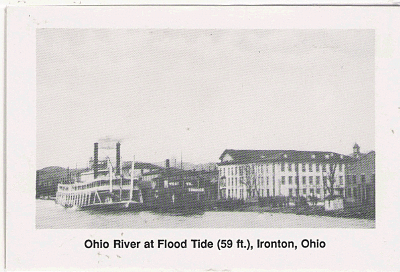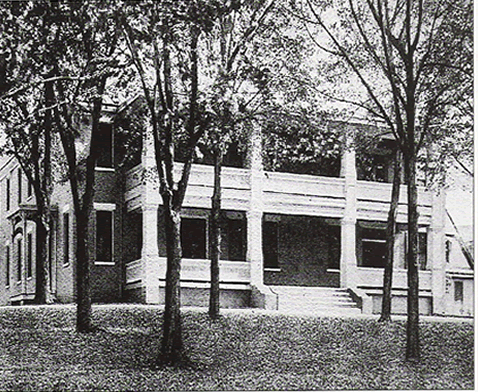Delta
Delta was the pioneer name for the land between South Point and Sheridan, Ohio. The small village had an elementary school named Greene School in honor of the pioneer, Elisha Greene. Delta Lane, which still exists today, ran through the area known as Delta.


 Charles S. Gray Deaconess Hospital was housed in the original home of W.D. Kelley, one of the founders of Ironton. The building was situated on the corner of Fourth and Quincy Streets. The Kelley home was remodeled in 1899 to become a hospital. The formal opening of the hospital occurred on April 5, 1900. The committee in charge of the hospital included Colonel H. A. Marting, A. J. Brumberg, D. J. James, Mrs.
Charles S. Gray Deaconess Hospital was housed in the original home of W.D. Kelley, one of the founders of Ironton. The building was situated on the corner of Fourth and Quincy Streets. The Kelley home was remodeled in 1899 to become a hospital. The formal opening of the hospital occurred on April 5, 1900. The committee in charge of the hospital included Colonel H. A. Marting, A. J. Brumberg, D. J. James, Mrs.